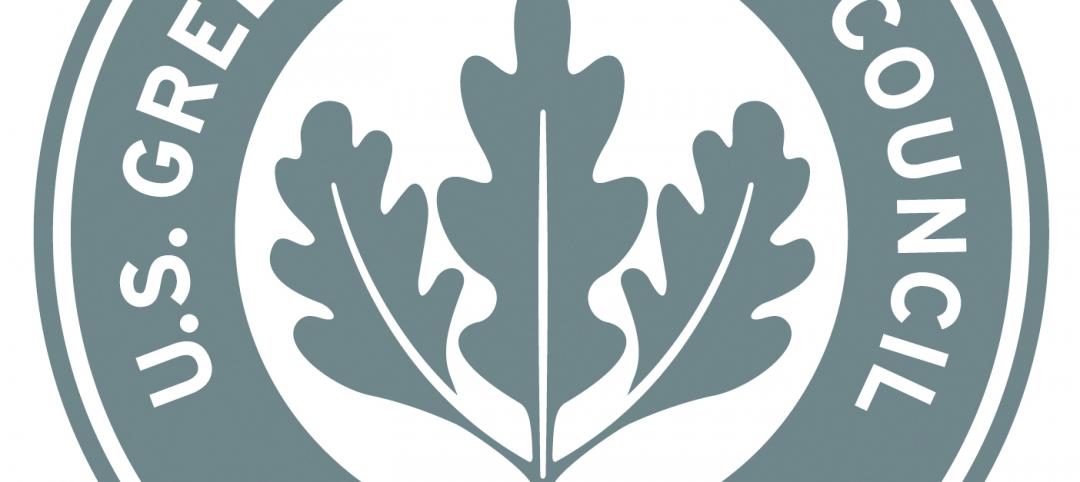A public beta version of a new tool that enables users to learn how building and infrastructure projects can “radically reduce embodied carbon” was released at Greenbuild this month.
The Embodied Carbon in Construction Calculator (“EC3”) delivers the first digitized EPDs for construction materials in a platform designed to accelerate early adoption, according to a news release from the Carbon Leadership Forum. The free, open-access tool is based on the industry’s first database of digitized Environmental Product Declarations (EPDs).
Unlike operational carbon emissions, which can be reduced over time with building energy-efficiency renovations and the use of renewable energy, embodied carbon emissions are locked in place as soon as a building is built. Embodied carbon will be responsible for almost half of total new construction emissions between now and 2050, according to Architecture 2030.
EC3 is the first free tool that allows for supply chain-specific analysis of embodied carbon data, using the first searchable and sortable database of all United States and Canadian Environmental Product Declarations for concrete, steel, wood, glass, aluminum, insulation, gypsum, carpet, and ceiling tiles. It is the first tool to create a digital EPD form and to translate all EPDs into that form for viewing and analyzing data. Previously, users had to work with PDF-based EPDs.
Related Stories
| Dec 27, 2012
Former industrial French city reshapes itself according to ambitious green standards
Nantes has a strong commitment to address challenges such as urban sprawl and carbon dioxide emissions.
| Dec 27, 2012
New York City law tracking building energy use yields surprises
A legally mandated report that tracks the energy use of New York City's largest buildings provides details about which buildings are achieving higher-than-expected energy efficiency, such as the Chrysler and Empire State buildings, as well as those that are performing poorly.
| Dec 27, 2012
New Jersey considers green roof mandate for state buildings
The New Jersey legislature is considering a bill that would require installation of green or blue roofs on state buildings that are at least 15,000 sf.
| Dec 20, 2012
AIA’s Healthier Communities Through Design showcases local policy initiatives
The American Institute of Architects released Local Leaders: Healthier Communities Through Design, a report that demonstrates the power of architecture to improve public health with policies that promote active living, accessibility, transit options, and better indoor air quality.
| Dec 20, 2012
China to build sustainable city for 180,000 from scratch
A 120-million sf urban development in China will be designed according to high green standards for about 180,000 residents.
| Dec 20, 2012
Air duct trade group urges maintenance, restoration professionals to avoid chemical cleaners
The National Air Duct Cleaners Association (NADCA) urges professionals to avoid using chemicals as a method for cleaning and maintaining air duct systems.
| Dec 20, 2012
Valencia College shifts from LEED to Green Globes on new project for more flexibility
The Lake Nona campus of Valencia College in Florida shifted its sustainability standard to Green Globes largely to be able to use a bipolar-ionization system to treat its indoor air -- something LEED didn't allow.
| Dec 20, 2012
LEED-certified schools don’t have to cost more to build, save average of 33% on energy
On average, green schools use 33% less energy and 32% less water than their conventional counterparts, and save $100,000 per year on direct operating costs, according to the U.S. Green Building Council.













